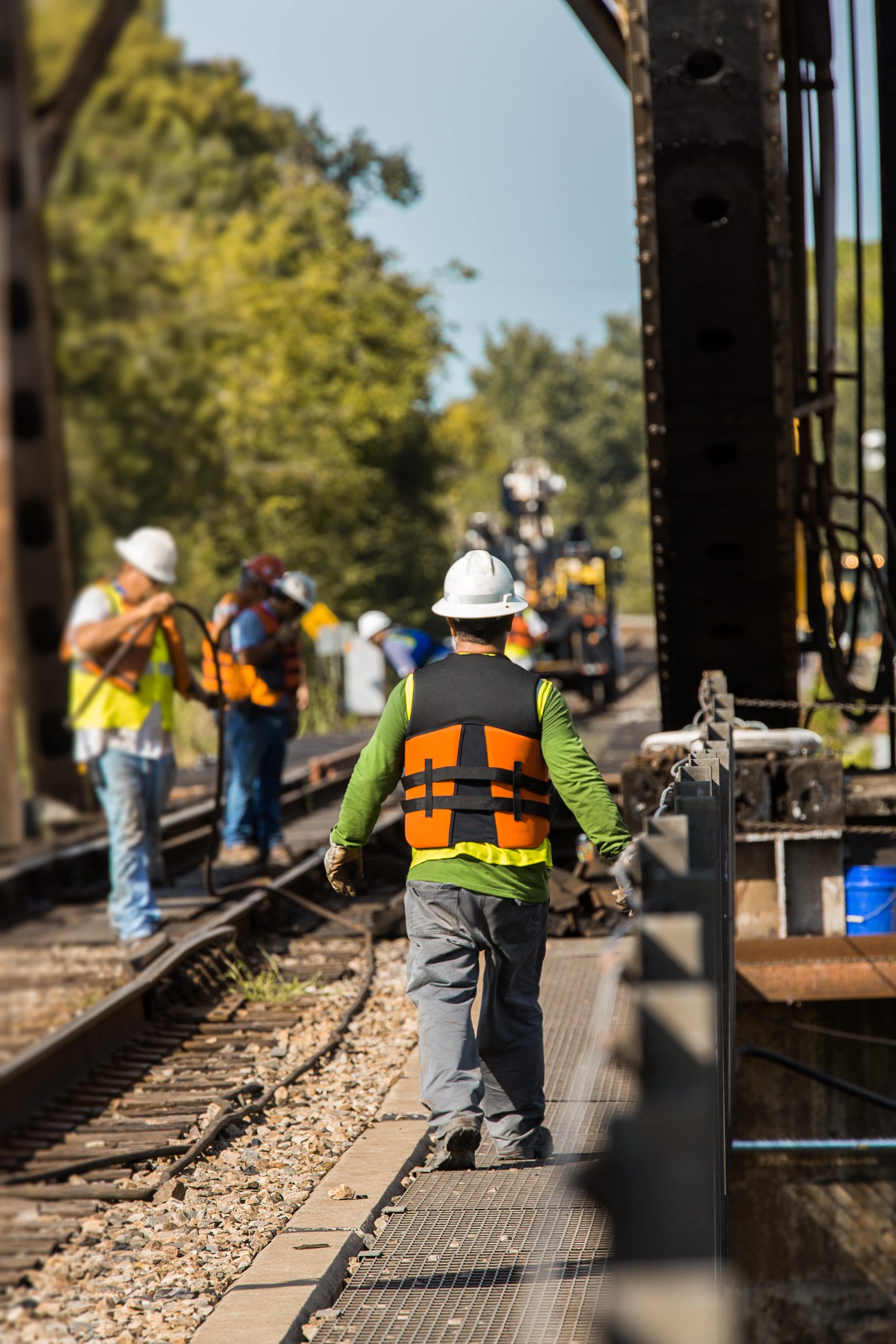17 Signs You Work With Railroad Cancer

Railroad Cancer: Understanding the Risks and Realities
Railroads have long been a backbone of industrial society, providing important freight and traveler services throughout huge ranges. Nevertheless, the people who operate in this essential industry face numerous health risks, consisting of a particularly worrying issue called railroad cancer. This term refers not to a particular type of cancer, however rather an increased danger of different cancers dealt with by railroad workers due to their occupational exposure to hazardous substances. In this blog post, we will explore the aspects contributing to the increased threat of cancer amongst railroad workers, the types of cancer most typically connected with this profession, preventative procedures, and far more.
Understanding the Causes of Railroad Cancer
Occupational Hazards in the Railroad Industry
Railroad workers are exposed to a wide variety of potentially harmful compounds and conditions while performing their duties. Some of the most common exposures consist of:
- Asbestos: Historically utilized for insulation in train automobiles and devices, asbestos exposure is a popular danger factor for lung cancer and mesothelioma.
- Benzene: A chemical found in diesel fuels and solvents can posture risks for leukemia and other blood-related cancers.
- Polycyclic Aromatic Hydrocarbons (PAHs): Emitted from diesel engines, PAHs are connected to different cancers, including lung and bladder cancer.
- Radiation: Workers in certain roles, specifically those managing signals or monitoring systems, might be exposed to ionizing radiation.
| Dangerous Substance | Associated Health Risks |
|---|---|
| Asbestos | Lung cancer, mesothelioma |
| Benzene | Leukemia, lymphoma |
| PAHs | Lung cancer, bladder cancer |
| Radiation | Numerous cancers (e.g., leukemia, thyroid) |
Work Conditions
In addition to direct exposure to damaging compounds, the working conditions for railroad employees contribute to their cancer dangers. Long hours, irregular shifts, and high-stress environments might compromise workers' immune systems, making them more susceptible to various health concerns, including cancer.
Types of Cancer Commonly Associated with Railroad Work
To further look into the problem, we can take a look at numerous types of cancer most often diagnosed amongst railroad workers:
- Lung Cancer: Often associated to asbestos exposure or PAH inhalation.
- Leukemia: Strongly associated with benzene exposure.
- Mesothelioma: A direct outcome of asbestos exposure, specifically affecting the lining of the lungs.
- Bladder Cancer: Often connected to exposure to PAHs and possibly benzene.
- Skin Cancers: Resulting from exposure to UV radiation, specifically for workers in outdoor functions.
- Thyroid Cancer: Can be a consequence of ionizing radiation exposure among specific railroad roles.
| Type of Cancer | Potential Causes |
|---|---|
| Lung Cancer | Asbestos, PAHs |
| Leukemia | Benzene |
| Mesothelioma | Asbestos |
| Bladder Cancer | PAHs, Benzene |
| Skin Cancers | UV Radiation |
| Thyroid Cancer | Ionizing Radiation |
Preventative Measures and Regulations
Provided the serious ramifications of railroad cancer, it is important for both railroad companies and employees to engage in active measures to alleviate threats.
Company Responsibilities
- Routine Training: Companies need to offer training on dealing with dangerous products and recognizing early indications of occupational health problem.
- Protective Equipment: Employers need to supply required individual protective devices (PPE) to reduce exposure to hazardous substances.
- Health Monitoring Programs: Regular health check-ups and monitoring for early detection of diseases among employees can help handle threats.
- Policy Compliance: Ensuring compliance with Occupational Safety and Health Administration (OSHA) guidelines and standards connected to hazardous compound exposure.
Employee Responsibilities
- Use of PPE: Workers must regularly utilize supplied protective equipment and equipment.
- Report Hazards: Employees ought to quickly report any security hazards to ensure that appropriate steps are taken.
- Stay Informed: Keeping abreast of new safety policies and health information is important for self-protection.
FAQ
What should railroad workers do if they think they have been exposed to harmful substances?
If railroad workers believe they have been exposed to dangerous products, they ought to seek immediate medical evaluation and inform their employer. Having a record of exposure might help in case of future health concerns.
How can railroad business ensure a safe workplace?
Railroad companies can implement stringent security procedures, supply sufficient training, and frequently assess workplace conditions to decrease threats associated with damaging compounds.
Are all railroad workers at equal danger for railroad cancer?
No, the risk can differ considerably depending on the specific function within the railroad industry and the level of exposure to hazardous substances. For Railroad Exposure Cancer Lawsuit Settlements , workers involved in maintenance or those who work directly with substances like fuel might deal with greater risks than those in administrative roles.
Can regular health check-ups avoid major illnesses?
While regular health check-ups can not totally avoid diseases, they can facilitate early detection and treatment, increasing the opportunities of successful management of health problems.
What resources are readily available for railroad workers who are diagnosed with cancer?
Railroad workers detected with cancer can typically access advantages through worker's compensation programs and may also find support through advocacy groups, organizations dedicated to occupational health, and other community resources.
The risk of railroad cancer underscores the important need for heightened awareness, continued research, and implementation of safety protocols in the railroad industry. With significant exposure to hazardous substances and challenging working conditions, it is crucial to inform both employees and employers about the threats and methods for avoidance. Through collective efforts from all celebrations involved, it is possible to produce a safer working environment for railroad workers and minimize the occurrence of occupational cancers.

